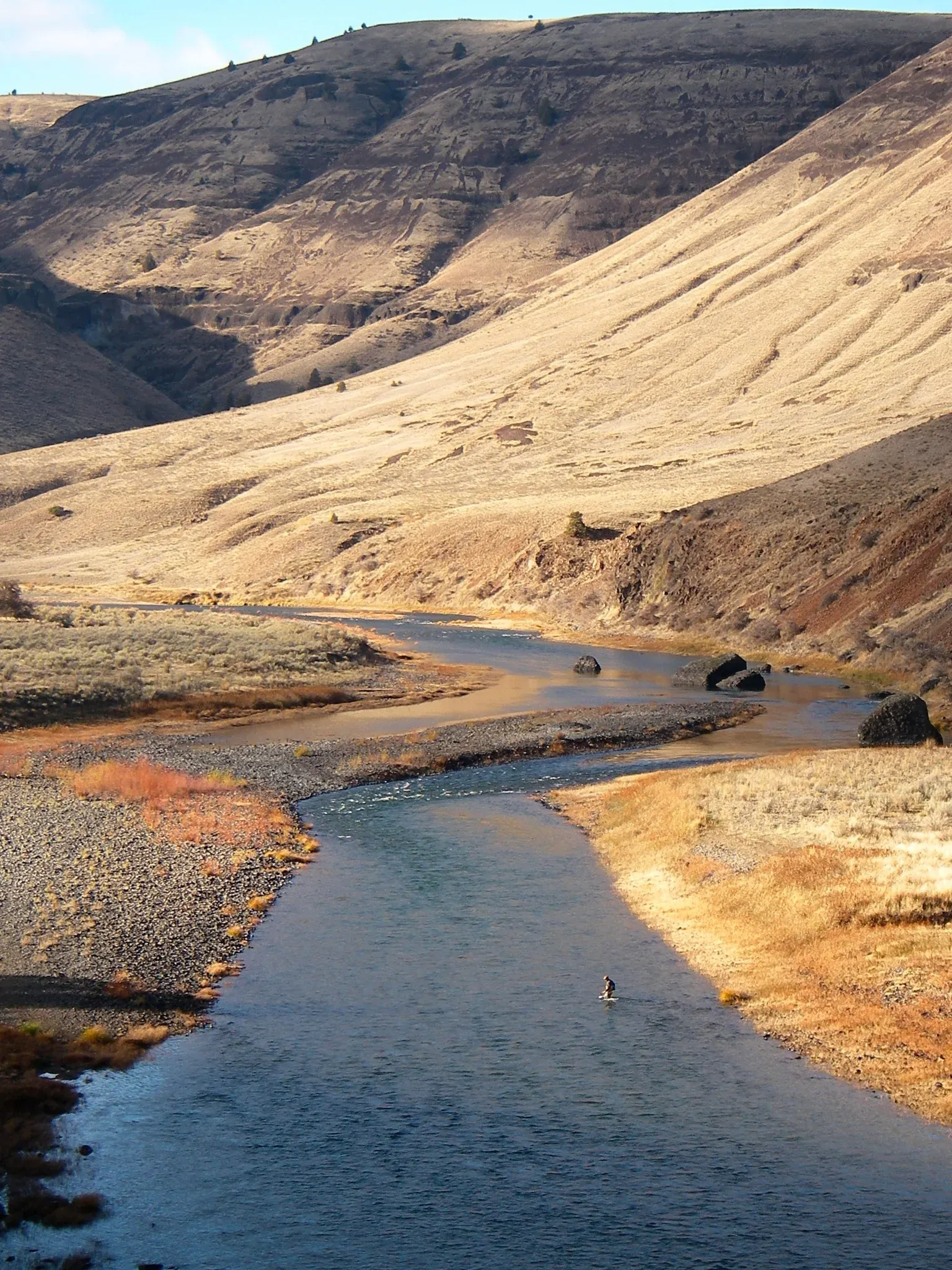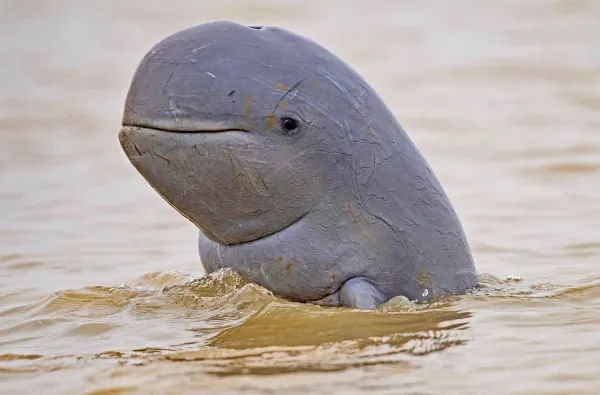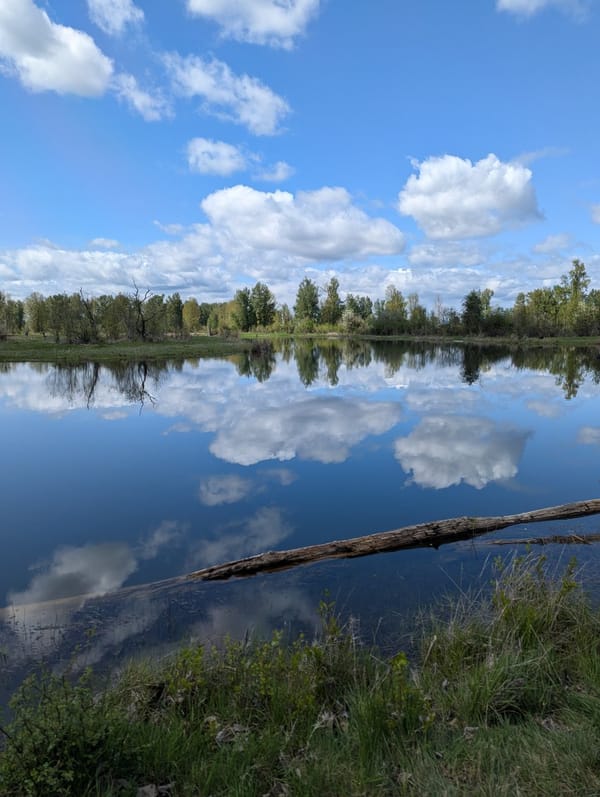Take your time: Ten ways to make fly-fishing a bigger part of your life
We have a motto around here: "Make fly-fishing a bigger part of your life." Here are ten ways to work in more time on the water, and time spent feeling fishy.

Here's the biggest thing a beginner fly angler needs to understand: fly-fishing takes time.
Sure, you can pick up the basics of fly-fishing in a couple days. A guided trip in a drift boat can have you into fish in the first half-hour. And, a day spent with a casting instructor can get you a fishable cast, a roll cast at the very least.
But to develop your skills where you feel confident in going out on your own, and putting it all together takes a commitment. And, we've all got a bevy of other commitments.
Time is the currency you invest in your fly-fishing skills.
And that probably means taking time away from other things.
Time away from your busy schedule of being an employee, a student, a spouse, a parent, or whatever role(s) you're playing on this great stage.
We all know the truth: deep down, you're an angler first and foremost. That novelty T-shirt from a Pigeon Forge, TN gift shop with "Born to fish, forced to work" isn't wrong.
If you're retired, or in a position where you have loads of free time on your hands, congratulations: I'll do my best to fish vicariously through you. For the rest of us, here's a couple ideas for how to take your time. To create time for fly-fishing inside the rest of this so-called life (that doesn't seem to prioritize time spent by the water as much as it should).
1. Go fishing after work
This one is mostly possible seasonally, when the light sticks around until past 7 (unless you're a west-coaster working east-coast hours). Having your kit ready to go after the last job-related task is complete is a sneaky way to get in some time on the water.
This is what led me to do more smallmouth bass fishing here in the Willamette valley in Oregon. There's lots and lots of water to explore close to home. It's easy enough to just take off after work in the summer and be at a spot I want to try in twenty minutes, as opposed to my trout spots, that can be two hours away.
2. Subscribe to a fly-fishing magazine
OK, this one cuts both ways. As a kid, I spent more time reading magazines than actually doing the things described therein. It was easy to fall for the romance of enthusiast media. It edits out all the bad parts.
When it came to skate mags, they barely showed all the missed tricks, and the bails. The hobby conformed to a narrative rather than unfolded naturally. I fell in love with the story, rather than the suck.
To me, the perfect periodical balances:
- an editorial agenda
- stories that have shape and tension to them (winning and losing)
- departments that allow for innovative formats and voices
- a relative lack of disruptive advertising and a clear line between sponsor stories and worthy stories
There aren't many when it comes to fly-fishing, but it's fun trying to find them.
Just remember there's a whole lot of blood, sweat, and tears that go into those hero shots.
3. Add a fly-fishing trip onto the end of a work trip
One of the great regrets I have in life is that, over a period of four years, I went to Buenos Aires three times, for up to two weeks at a time, and didn't go to Patagonia to fly-fish.
It would have been relatively trivial to add a flight down to Ushuaia and go fishing for a couple of days. I was already gone for two weeks, so what's another? Partly, it felt weird to tack a thing on, partly, I had a life back home to get back to after that massive asado tour (and gout to avoid).
The lesson here, if you'll make something of my deep regret and shame, is that there's always time to fish. Maybe it's just a day. But, if life gives you the absolute lemons of business travel, whether it's a couple counties over, or to the other side of the world, you owe it to yourself to spend time doing something you want to do.
Either way, I've heard stories of people (mostly traveling sales reps) who structured their entire career around being able to fish, calling on customers (who just happened to be near trout streams) and favorite spots equally each day, and then moving on down the road to the next river.
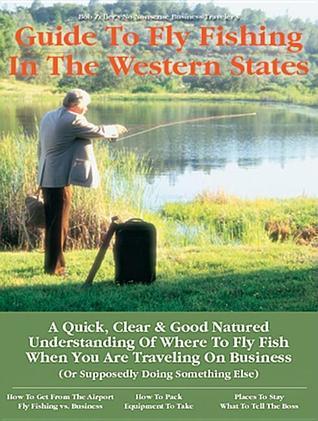
4. Introduce a partner to fly-fishing
This one can be tricky. Please parse the wording carefully. Do not, and I repeat, do not attempt to teach your partner to fly-fish. This will end in recriminations and disaster and set you back. You have to broach the topic gently, and not allow your enthusiasm to run the show.
If you sense interest, find a third party to help. We get a ton of smart people joining our Intro class because their partner / spouse / longtime squeeze is into fly-fishing and they want to try it out. Honestly, it's wise for you to not even be present at any sort of lesson, lest your passion runneth over into what may be perceived as "telling me what to do".
This hits to the heart of one of the biggest lies of fly-fishing: that fly-fishing is a solo pursuit for men in the outdoors. That "getting away from it all" means ditching the family and participating in traditional male shoulder-to-shoulder bonding. Untrue. Fly-fishing is often best as a team sport. Taking turns with friends to fish a run. Watching your fishing partner cast, while sipping a hot coffee you brewed by the river, rooting for them and making their cup just the way they like it. Celebrating the hits and lamenting the misses together. Face-to-face.
If your partner doesn't come by the curiosity naturally, there's plenty to do down by the river, especially on a sunny summer afternoon. Read a book. Watch the birds and butterflies. Take a nap. Get some sun in your ear hole. Sometimes it's those side-benefits that help people turn off their mental "doing stuff" switch and open their mind to the idea of fishing.
Fun story: Tom Rosenbauer (yes, Him) taught my wife to cast a fly rod at the Orvis compound in Vermont. She was a natural, but didn't much care for it...yet. So, I know I can leave it alone. If she's been touched by the grace of Tom, and had her own hand guided in the Casting Arc of Truth and Justice, she will come back eventually.
5. Take a kid fishing
Kids love fishing. Their enthusiasm and attitude is something we all need exposure to on a regular basis to renew our well of wonder. Our sense of how exciting it is to be messing around with creatures in the out-of-doors. Taking a kid fishing is a solid win-win. You'll take time to marvel at how that garter snake moves in the grass, or watch an osprey.
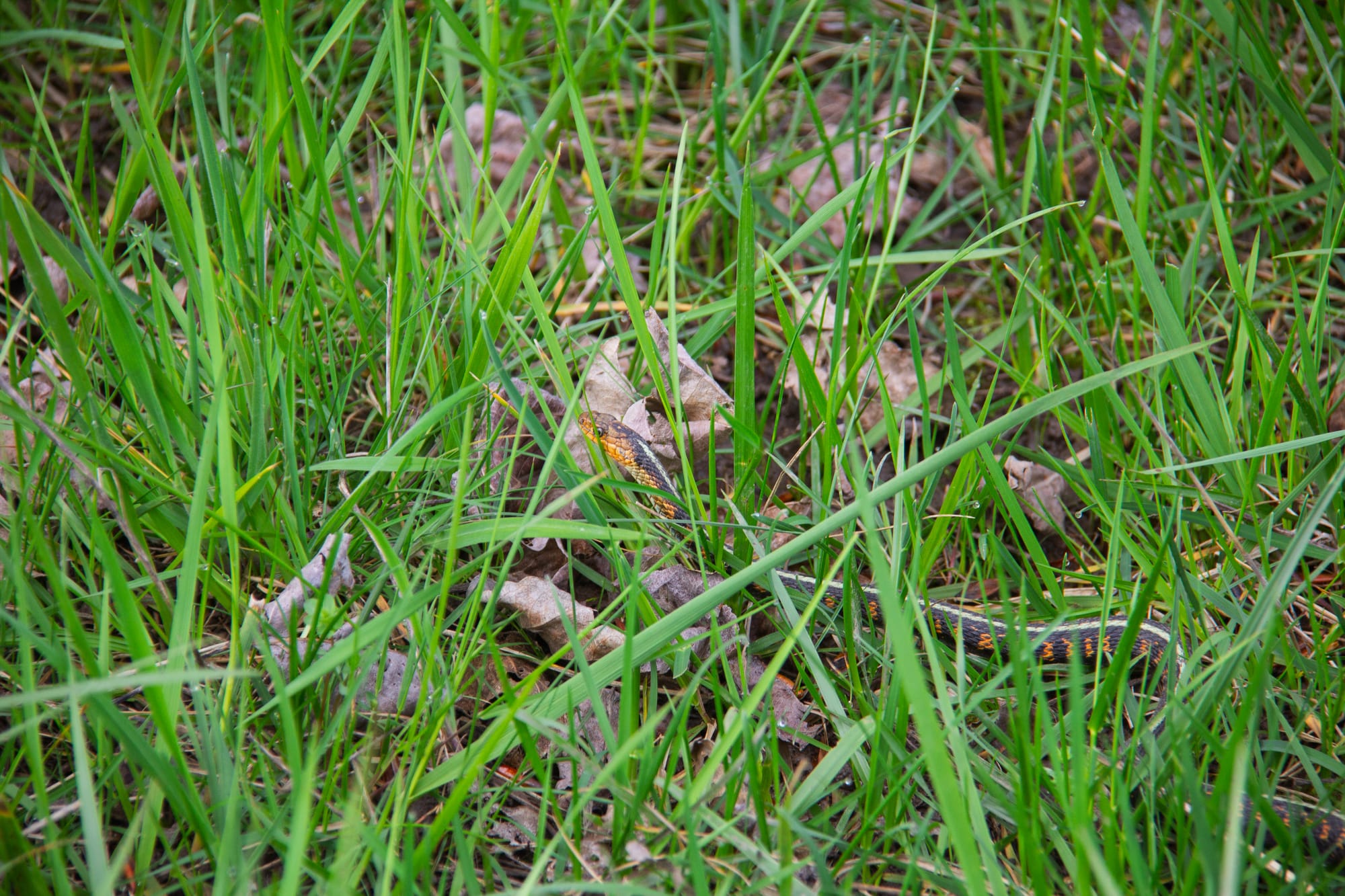
Now, if it's a young kid (sub-10) or a kid who's never been fishing before, don't pretend that you're going to get any "real" or "hard" fishing done. Kids know when adults are trying to impose any kind of "nose-to-grindstone" stuff. Just think of it as a chance to get muddy and mess around, and things will work out.
Here's the best part: It doesn't even have to be your kid. If it's not, try to make it somebody (like a niece or nephew) where a planned outing won't cause consternation, or an Amber Alert.
6. Volunteer to help others start fly-fishing
Fly-fishing and service to others go hand-in-hand. There's something about the unique role mentors and passed knowledge play in the sport that makes it uniquely suited to volunteer work.
There are dozens of different organizations devoted to helping individuals with disabilities, folks in recovery from substance abuse, underrepresented groups and others find themselves in the sport, and experience its many benefits. when I was living in New York, I got involved with the Veteran Anglers of New York (VANY) and got to experience many of the benefits of giving back. Project Healing Waters has chapters and contacts across the United States, and they're a great place to start.
7. Connect fly-fishing to another hobby
This is a strategy described as "de-atomizing," where you take things you like to do and combine them. For instance: you know you need exercise, and you want to socialize. Normally you might hit the treadmill for an hour, and then trying to find time later to meet with your friend. So why not invite a friend for a walk, and get a two-fer out of it?

Here's another good reason why it's fun to go fly-fishing with friends: it combines the separate elements of exercising, socializing, and doing a hobby, fusing them into a super organism with broad health benefits.
So. Bring a friend. They don't need to know how to fish, or care that much about fishing, but you'll have great conversation, and a fun shared experience. Or, maybe you have a friend you SUP with. Can you include fishing there? This also falls under the heading of "Bring a rod, and see what happens" or "Fish around and find out."
8. Join a fly-fishing club
This is a no-brainer. If you're interested in doing more fly-fishing, you should join a fly-fishing club. Current Flow State is a good start. Welcome. Don't be afraid to say hi.
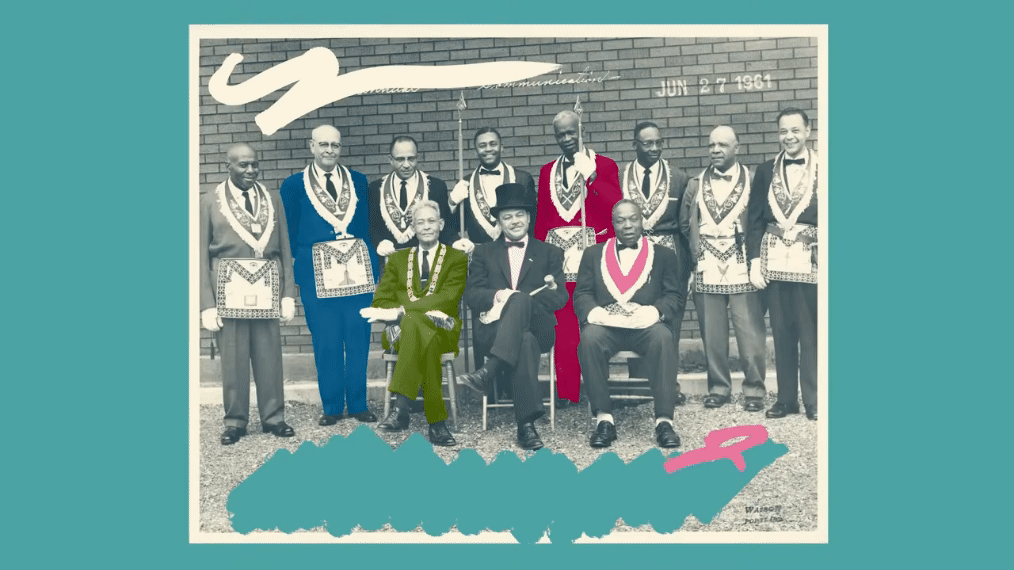
There are tons and tons of benefits in joining a fly-fishing club. But joining a fly-fishing club is the best way to flatten the learning curve and become a better angler, faster.
9. Get into a fly-tying exchange
OK, so you've joined a club. And maybe you've decided to start tying flies, as a way to save money.
Tying flies is not a way to save money on flies.
You'll just spend more on fly-tying materials and accessories.
But but but! Once you're interested in tying, fly exchanges are a great way to widen your range, and fill a box with lots of patterns quickly.
A fly-tying exchange is basically like a chain letter, but for getting new flies. You tie a couple dozen, and send some off to each other member of the exchange, and you get a half-dozen or so across however many different patterns there are in the exchange. It's a great way to fill a fly box, learn about new flies, where they work, and how to fish them, and to get more social with your fly-tying.
You'll need to find an active group of fly-tiers. Exchanges usually start seasonally. Ask around at your new club is a good place to start. If we ever do one with Current Flow State fly-tiers, I'd love to focus exclusively on the patterns of the late, great Gary LaFontaine.
10. Become a trout bum
The number one way to make fly-fishing a bigger part of your life is to start a completely new life, totally devoted to fly-fishing. Yes, that's it: Chuck your old life and become a trout bum.
If you're young, come West. If you're already West, dump everything and move to Alaska, or Belize, depending on your heat or cold tolerance. If you're in the Southern Hemisphere, just cross an ocean to whatever's closest, New Zealand or Patagonia.
This is probably the most difficult of the list, and the most drastic, but sometimes you've gotta rip off the Band-Aid.




